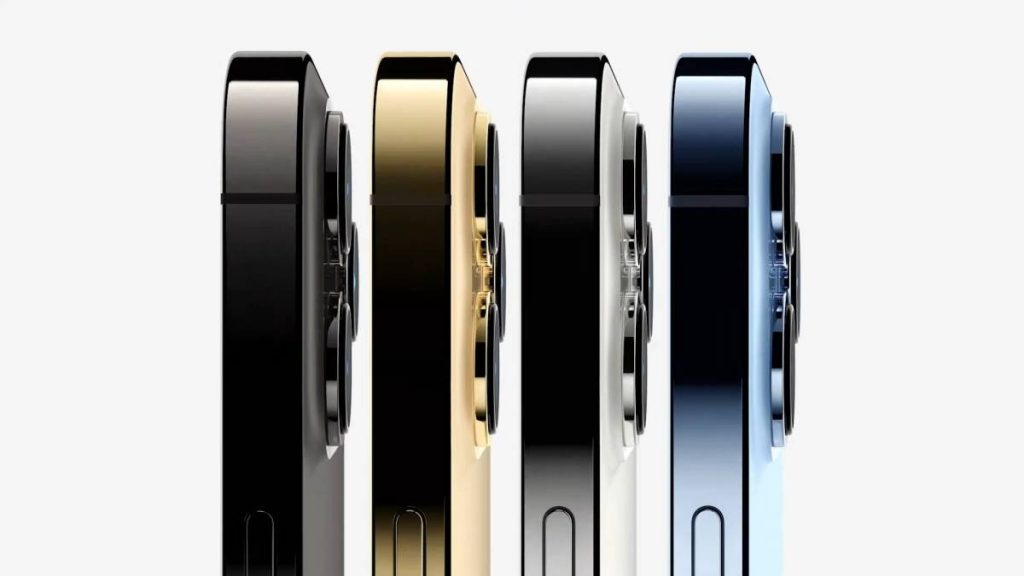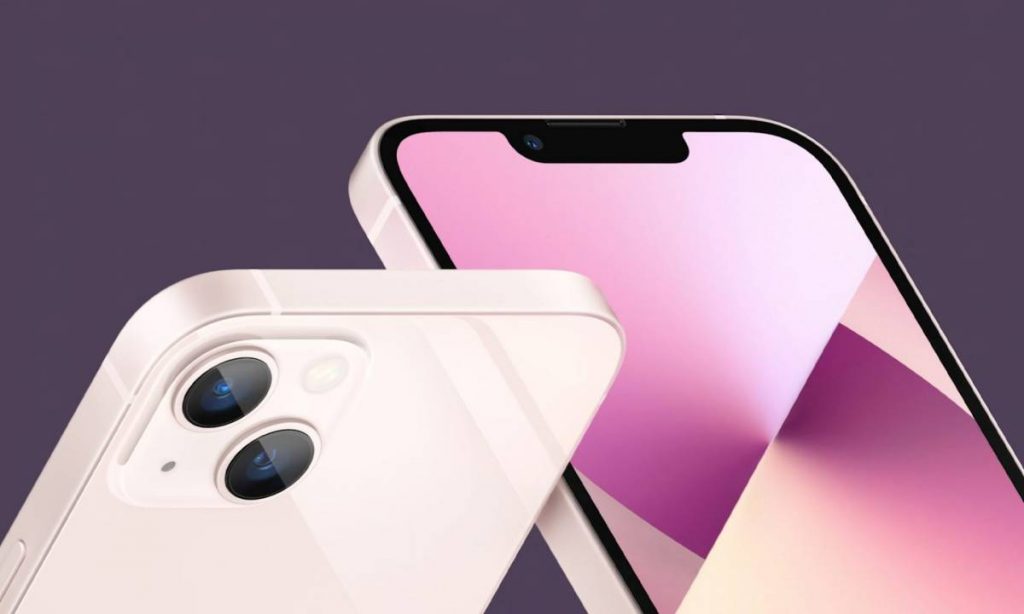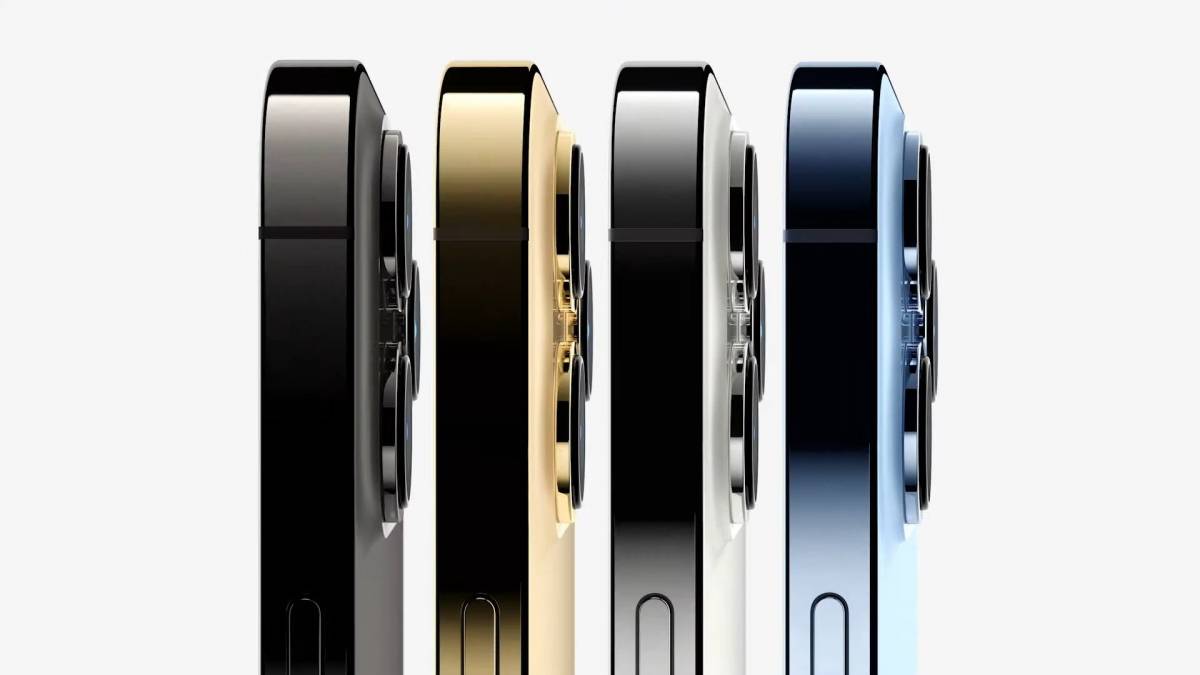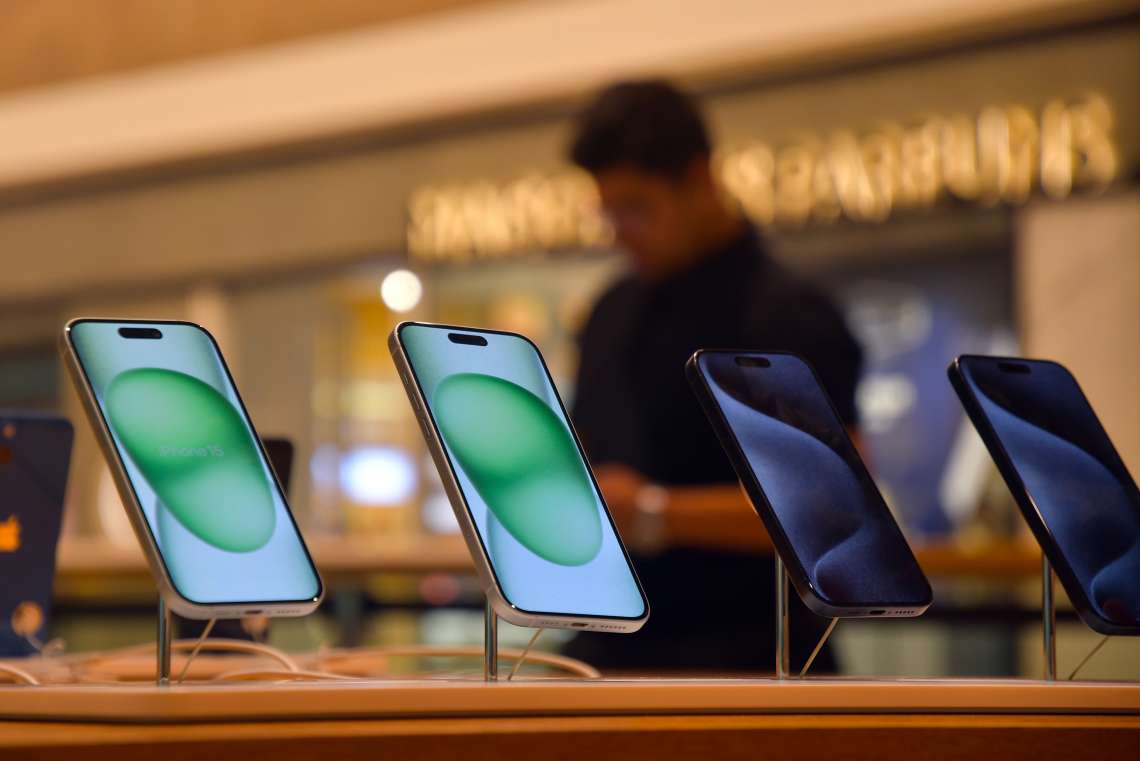Apple’s newly-launched iPhone 13 Pro and iPhone 13 Pro Max push the boundaries of what is possible in a smartphone…reports Asian Lite News
This time, the Pro’s camera system gets its biggest advancement ever with new ultra-wide, wide, and telephoto cameras that aims to capture stunning photos and videos, powered by the unmatched performance of A15 Bionic.
“For long now, smartphone cameras have been a key battleground for OEMs to differentiate their premium flagship phones in a hyper-competitive smartphone market. With new features such as 3x optical zoom, macro photography and the Cinematic Mode, Apple has been able bring new camera capabilities to its iPhone 13 series,” CMR’s Head, Industry Intelligence Group Prabhu Ram told IANS.

New computational photography features like photographic styles personalise the look of images in the camera app, and both models now include Night mode on all cameras. Video takes a huge leap forward with Cinematic mode for beautiful depth-of-field transitions, macro video, Time-lapse and Slo-mo, and even better low-light performance.
“The Cinematic mode, in particular, brings powerful visual storytelling capabilities to consumers everywhere. The cinematic mode will further democratise professional-grade film-making sans the need for expensive cinema cameras,” Ram added.
With new sensors and lenses for all three rear cameras, optimised to work seamlessly with iOS 15 and powered by the new image signal processor (ISP) in A15 Bionic for improved noise reduction and tone mapping, the iPhone 13 Pro lineup features the best camera system ever on iPhone.
“For creative control, the focus can be changed during and after capture, and users can also adjust the level of bokeh in the Photos app and iMovie for iOS, and coming soon to iMovie for macOS and Final Cut Pro, making the lineup the only devices able to edit the depth-of-field effect in video even after recording. Enabled by A15 Bionic and advanced machine learning algorithms, Cinematic mode records in Dolby Vision HDR,” Apple said.
Apple has also posted a new ad for the iPhone 13 Pro highlighting its cinematic video recording capabilities. The ad was directed by two-time Oscar winner Kathryn Bigelow.
“That’s really bringing it up to the professional film cameras,” cinematographer Greig Fraser, who was joined in a promotional video with Bigelow, said during Apple’s Tuesday event. “We’re going to very, very soon see filmmakers make films in a different way.”

Cinematic mode on iPhone records videos of people, pets, and objects with a better depth effect. For creative control, the focus can be changed during and after capture, and users can also adjust the level of bokeh effect in the Photos app and iMovie for iOS, and coming soon to iMovie for macOS and Final Cut Pro, making the lineup the only devices able to edit the depth-of-field effect in video even after recording. Enabled by A15 Bionic and advanced machine learning algorithms, Cinematic mode records in Dolby Vision HDR.
“It will democratise film making and essentially help a lot of user generated content to go pro level, which can further better the consumption of such content. Also (it is a) good option for solo content creators especially for digital platforms. The new iPhone comes with great features at a time when live commerce and social commerce is commencing. The camera features will help many solopreneurs to create a compelling and immersive video stories to complement the trend,” techARC Founder and Chief Analyst, Faisal Kawoosa, told IANS.
ALSO READ: Watchdog Raises Alarm on Face Recognition Technology
iPhone 13 Pro and iPhone 13 Pro Max also introduced ProRes, an advanced video codec used widely as the final delivery format for commercials, feature films, and broadcasts, to offer higher colour fidelity and less compression. iPhone is the only smartphone to provide an end-to-end workflow — capture, edit, and share in Dolby Vision or ProRes.
“I think the form factor here and advancement in computational photography will surely help more user to shift in favour of smartphone photography. However, cameras will still have professional audience sticking with them but surely, they need to innovate further,” market intelligence firm Counterpoint Research Director Tarun Pathak said.














